Ever wondered what lies at the heart of Japanese culture, mythology, and lifestyle?
Unravel the enigmatic world of Shintoism, a spiritual tradition that weaves through the very fabric of Japan’s identity.
From the misty mountains to the bustling metropolises, Shinto offers a window into the soul of this ancient land.
As one delves into the intricate layers of Shinto practices and beliefs, a profound understanding of Japan’s rich heritage awaits.
So, prepare to embark on a cultural odyssey where every shrine and ritual unravels a piece of the captivating tapestry that is Japan.
Key Takeaways

- Gain deep insights into Japanese culture, mythology, and lifestyle through the study of Shinto.
- Explore three shrines with a Shintoism expert for a personalized and immersive experience.
- Witness Japanese rituals, ceremonies, and traditions to understand Shinto practices and beliefs.
- Learn about purification rituals, prayers for good fortune, and success for a holistic cultural understanding.
Origins of Shinto in Japan
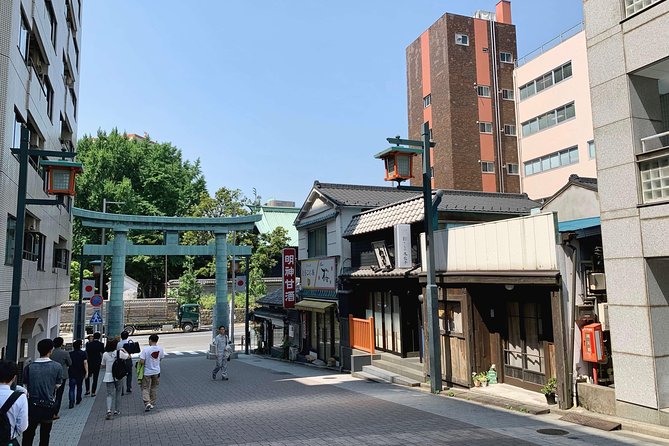
Delving into the beginnings of Shinto in Japan reveals a rich tapestry of ancient traditions and cultural practices. Shinto architecture plays a significant role in showcasing the essence of this indigenous religion, with shrines characterized by their distinctive structures and serene surroundings.
Shinto festivals, known as matsuri, are vibrant celebrations that honor various deities and spirits, offering a glimpse into the lively spirit of Japanese culture. These festivals often involve lively processions, traditional music and dance, elaborate costumes, and delicious food offerings.
Mythological Influences in Shinto
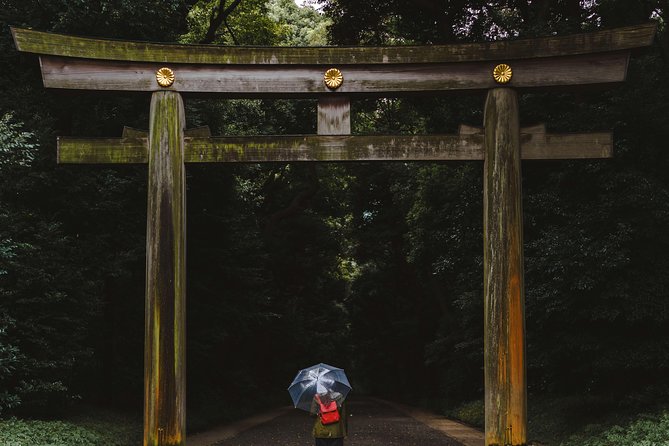
Mythological influences in Shinto can be observed in the rich tapestry of stories and beliefs woven into the fabric of Japanese culture. These influences manifest in various ways, such as:
-
Mythological creatures: Shinto mythology is filled with diverse creatures like foxes, dragons, and spirits that play significant roles in shaping beliefs and practices.
-
Symbolic rituals: Shinto rituals often involve symbolic actions like purification rites, offerings to kami (spirits), and sacred dances that are deeply rooted in mythological narratives.
-
Legends and folklore: Myths and legends passed down through generations continue to influence Shinto practices and provide a cultural backdrop for understanding Japanese spirituality.
-
Deities and spirits: The pantheon of Shinto deities, known as kami, includes various gods and spirits with mythological origins that are revered in different aspects of life.
-
Nature worship: Shinto’s reverence for nature stems from mythological beliefs that connect natural elements with divine forces, shaping rituals and customs around the environment.
Daily Practices and Rituals
Incorporating ancient mythological beliefs, daily practices and rituals in Shintoism play a fundamental role in the lives of practitioners, guiding their spiritual and cultural interactions. Traditional ceremonies and spiritual purification are key aspects of Shinto daily practices. Check out the table below to learn more about these rituals and ceremonies:
| Daily Practices and Rituals | Description |
|---|---|
| Traditional Ceremonies | Shinto followers engage in various ceremonies such as matsuri (festivals) to honor and communicate with kami (spirits/gods). These ceremonies involve offerings, prayers, and traditional dances. |
| Spiritual Purification | Purification rituals, known as misogi or oharai, are performed to cleanse the body and spirit. They involve washing hands and mouth, as well as visiting waterfalls or using sacred water for purification. |
Shinto’s Impact on Japanese Lifestyle

Shinto significantly influences various aspects of everyday life in Japan, shaping traditions, customs, and cultural norms.
-
Shinto Festivals: These vibrant celebrations are integral to Japanese life, marking significant events and honoring spirits.
-
Spiritual Beliefs: Belief in kami, spirits residing in natural elements, influences behavior and respect for nature.
-
Daily Practices: Ritual purification and prayers are common, reflecting the spiritual connection to the divine.
-
Cultural Values: Concepts like harmony, respect, and gratitude stem from Shinto teachings, guiding interactions and societal norms.
-
Community Engagement: Participation in shrine activities fosters unity and a sense of belonging, emphasizing shared spiritual experiences.
Modern Interpretations and Applications
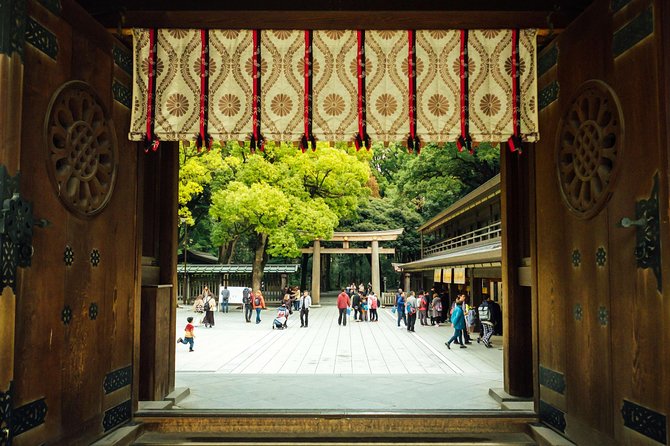
Exploring how contemporary society integrates ancient Shinto principles provides valuable insights into Japan’s evolving cultural landscape. Modern practices often blend traditional Shinto beliefs with modern lifestyles, showcasing a unique cultural integration.
From participating in Shinto-inspired mindfulness practices to incorporating elements of nature worship into daily routines, the influence of Shinto can be seen in various aspects of modern Japanese life. Many Japanese people continue to engage with Shinto rituals and ceremonies, adapting them to suit present-day contexts.
This dynamic interaction between past traditions and current practices demonstrates the enduring relevance of Shinto in shaping Japan’s cultural identity. By embracing modern interpretations of Shinto, individuals and communities uphold a connection to their heritage while navigating the complexities of the contemporary world.
Frequently Asked Questions
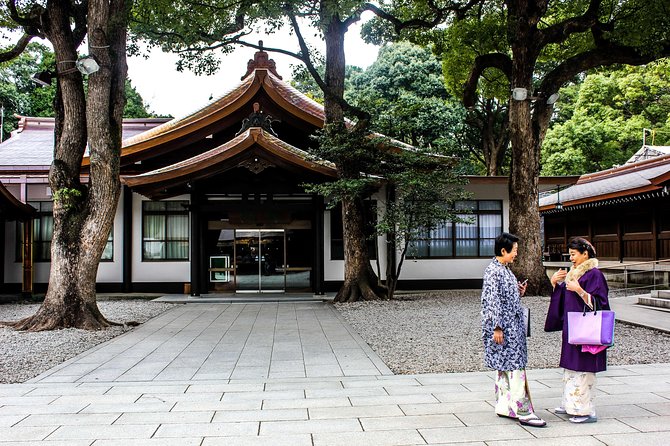
How Has the Practice of Shintoism Evolved Over Time in Japan?
Shintoism has evolved in Japan through time, adapting to societal changes and influences from other religions, leading to syncretism. This evolution reflects a blend of traditional practices with modern interpretations, shaping the religion’s dynamic nature.
Are There Any Specific Taboos or Customs to Be Aware of When Visiting Shinto Shrines?
When visiting Shinto shrines, it’s important to be mindful of specific taboos and customs. To show respect, visitors should bow before entering, avoid stepping on thresholds, and refrain from taking photos in certain areas.
What Role Do Festivals and Ceremonies Play in Shinto Rituals and Beliefs?
Festivals and ceremonies in Shinto rituals hold cultural significance, fostering community bonding. They create a spiritual connection with the divine presence. These events celebrate nature, honor ancestors, and uphold traditions, enriching the believers’ lives.
How Do Shinto Beliefs Intersect With Other Religions or Spiritual Practices in Modern Japan?
In modern Japan, Shinto beliefs intersect with other religions through interfaith dialogues and spiritual syncretism. This blending fosters cultural exchange, mutual understanding, and respect. Such interactions contribute to a diverse spiritual landscape in contemporary Japanese society.
Are There Any Notable Controversies or Debates Surrounding Shintoism in Contemporary Society?
In contemporary society, there are ongoing debates regarding cultural appropriation and modern interpretations of Shintoism. These discussions focus on preserving the authenticity of Shinto practices while addressing concerns about appropriation and commercialization of sacred traditions.
Conclusion
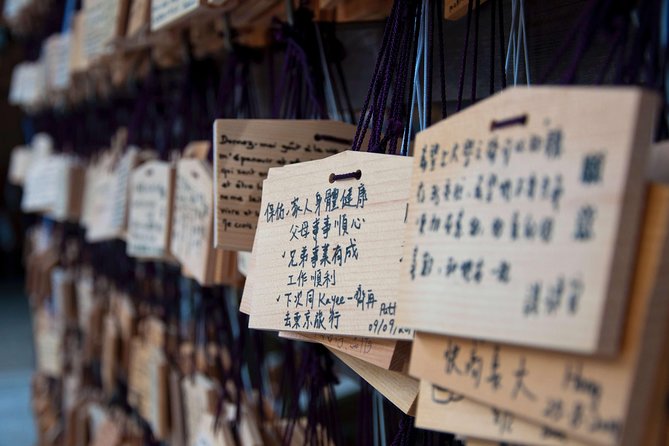
In conclusion, delving into the world of Shinto offers a fascinating glimpse into Japanese culture, mythology, and lifestyle. From its ancient origins to its modern applications, Shinto continues to shape the daily practices and beliefs of Japanese society.
By exploring the intricate rituals and traditions of this ancient religion, travelers can gain a deeper understanding of Japan’s rich cultural heritage and the profound impact of Shinto on its people.
Immerse yourself in the beauty and complexity of Shinto to truly appreciate the essence of Japanese life.
